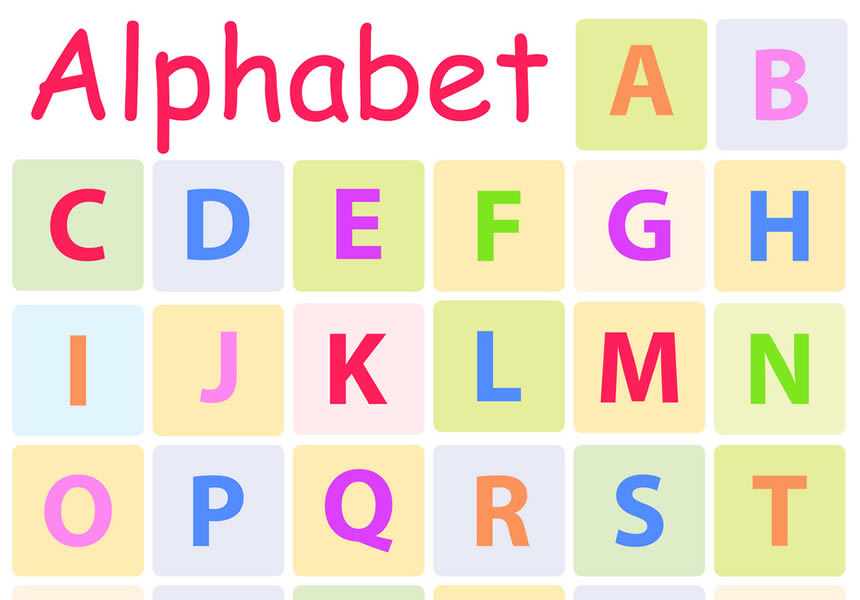Does Resume Font Size and Style Matter?
First and foremost, your resume should be easy to read. This should be your priority all throughout writing your resume, including when you select a font. There are thousands of fonts, many of them with delightful flourishes and swirls, but not all are appropriate for a professional resume. When selecting fonts for your resume, always make sure they are neat, professional, and easy to read.
Why are fonts important?
Most employers and hiring managers spend no more than a few seconds reading a resume before deciding whether or not to evaluate it further. There are always many more resumes on the pile, so it doesn't take much to eliminate yours from contention. If your resume is difficult to read, it will not make it past this preliminary check.
Imagine losing a series of opportunities that are perfect for you simply because of the fonts you picked. Everything else in your resume may be excellent, but since you have made a poor first impression, you lose out on the opportunity. If you choose your fonts well, however, employers will be much more likely to give your resume the attention it deserves.
Many employers use applicant management systems to scan and process resumes. These systems are designed to read text, and intricate formatting can impede them. This means if you use any fancy fonts, there is a higher chance your resume will not be parsed correctly and overlooked.
Font style
It is important to use a font that is professional and easy to read. Fonts like Open Sans, Raleway, PT Serif, and Roboto are readable for both humans and applicant management systems. Using these fonts will increase the likelihood that your resume is noticed by potential employers.
Font size
When writing your resume, you also have to consider the font size. To be on the safe side, consider choosing a font size that is between 10pt and 12pt. The specific font you are using will affect the size, as some fonts are more readable at certain sizes. For example, Times New Roman looks best at at least 11pt.

Helpful resume styling tips
Now that you have detailed information about fonts to consider, let's go through a few resume style tips.
Keep your resume simple
As much as you may want to show your artistic skills, try not to get too fancy. This is very important, especially if submitting your application through an ATS. An ATS will have trouble parsing resumes with lots of images, charts, or tables.
Be consistent
You might be tempted to use different fonts and font sizes in your resume. This may look appealing to you but if it ends up looking messy it may put off hiring managers. Keeping your resume to a single font, or using one font for headings and another for body text, is the best way to keep your resume readable.
Avoid tweaking your font size too much in order to meet a page goal
You may find yourself in a situation where your resume is too short or too lengthy, tempting you to increase or decrease the size of your font. While this is acceptable if your resume can be fixed with only minor changes, making the font too small or too large will look odd and it may make your resume more difficult to read. Keep the text of your resume within a normal range of font size.
Resume formats
The look and format of your resume can inform the font you decide to use. More traditional formats, for example, may look best with a classic serif font such as Rasa, whereas more modern formats are often better suited for a sans-serif like Raleway or Roboto. Use your resume template to get a sense of the best font for your needs. To get a better idea of what format and font will work for you, take a look at our resume templates.









